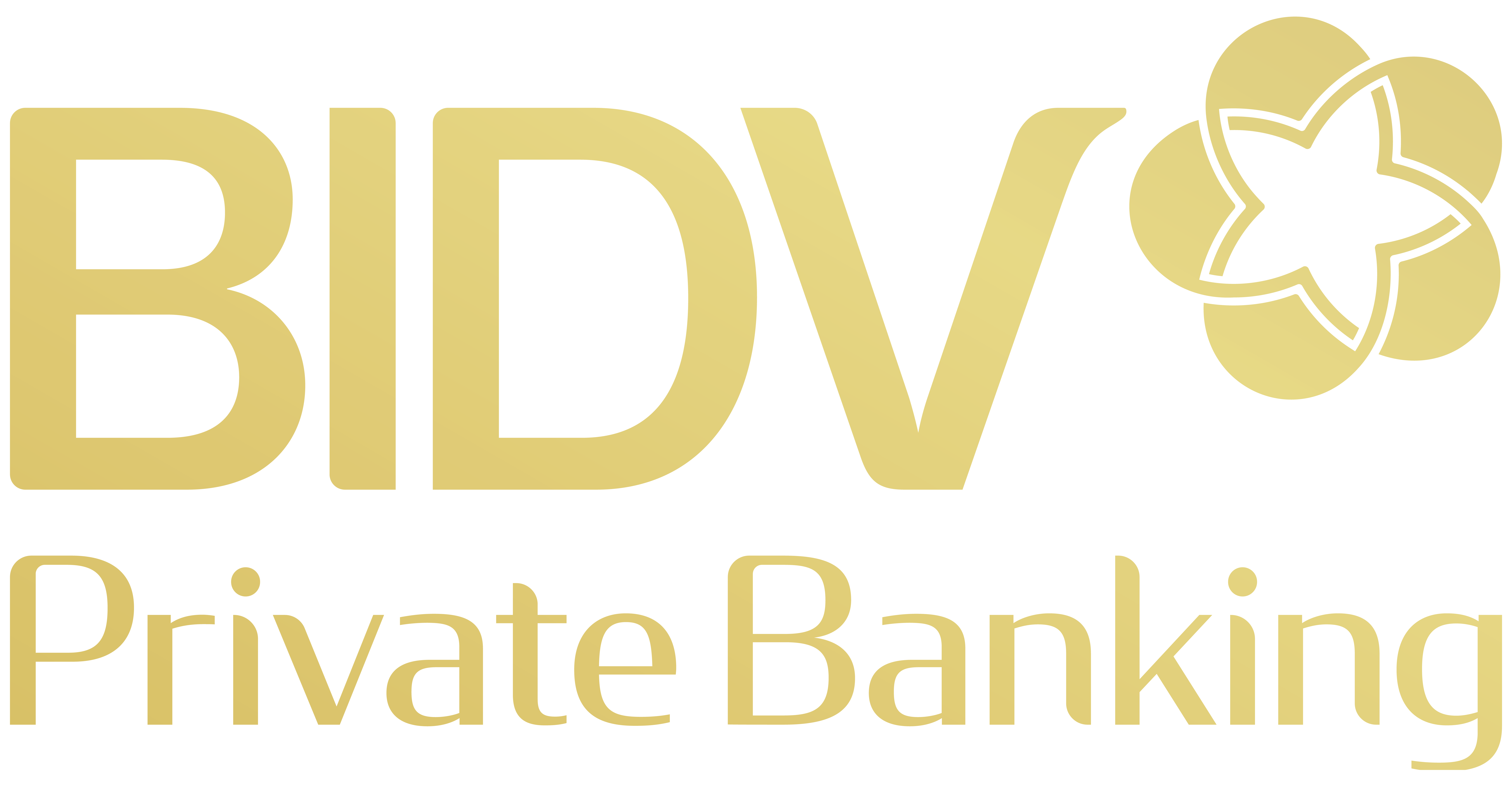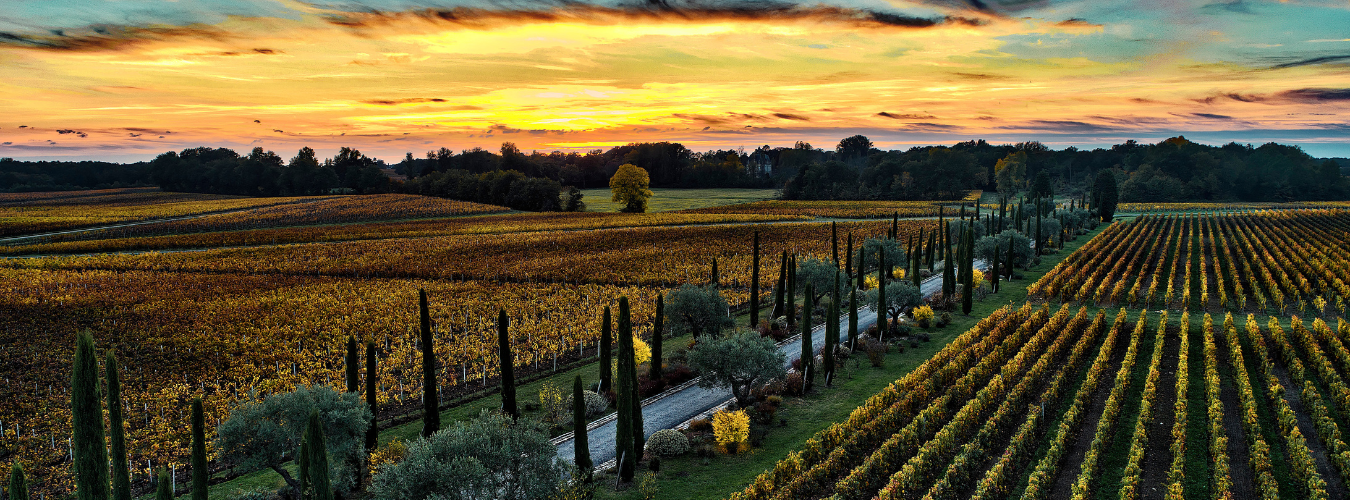Sharing Effective Wine Investment Strategies from the Chairman of Edmond de Rothschild Heritage – Mr. Alexis de La Palme
Wine is not only a delightful taste to enjoy but also embodies the heritage of production, cultivation, and culture. Therefore, some bottles of wine carry significant investment value. What is an effective wine investment strategy?
Strategy 1: Investing in Rare and Special Wines
For most people, investing typically means buying stocks, bonds, and mutual funds. However, another investment strategy that few consider is investing in rare and special wines (such as Merlot, Chardonnay, Cabernet, or Sauvignon Blanc).
Like any other type of investment, wine can help diversify investment portfolios and reduce risks since the value of wine does not correlate with fluctuations in the stock market. Investing in wine is a rather effective way to diversify investments because its value is based on factors that have little relation to the state of the economy, interest rates, etc. The value of wine corresponds to factors such as weather, harvest season, year of production, consumption trends, and of course, supply and demand.
Hence, how to choose the right wines to invest in? Selecting the appropriate wines for investment requires attention to:
- Vintage: which is the year in which grapes are harvested and wine is produced in a particular region. The quality of a harvest varies from year to year, with weather having the most significant impact on the grapes..
- Wine Producer’s Reputation: Many of the most investable wines come from leading producers, for example Domaine de la Romanée-Conti (DRC), Pétrus, Château Mouton Rothschild and Château Lafite Rothschild, as well as from regions such as Burgundy and Bordeaux.
- Aging capacity/Maturity potential is important for wine, some wines have the ability to continue to “mature” better than others even after they are no longer aged in wooden barrels.
- Price History. Wine rarity drives up the value of the vintages you invest in. Meanwhile, a wine’s price history demonstrates the trend in value, with investable wines showing a steady progression upwards.
- Don’t Forget the Wine Critics. The recommendations of wine critics are taken very seriously, and critic ratings can have a strong impact on a wine’s potential to appreciate. Robert Parker, James Suckling and Jancis Robinson are among the most influential so ensure to assess their published opinions.
An investment in quality wine carries many benefits such as portfolio diversification, high and stable returns, and value preservation during downturns.
However, investing in wine also comes with risks, including high initial costs, transportation fees, storage costs, and long holding periods. To succeed in wine investment, you need patience, knowledge, and an understanding of the market. Wine is not a suitable investment if you seek short-term profits. "THE VALUE OF WINE LIES IN TIME!"
Strategy 2: Investing in a Vineyard
Investing in a vineyard is a unique way to expand your asset portfolio while protecting yourself from the volatility of the financial market. It also represents a passionate commitment to an extremely luxurious investment and a deep understanding of the wine industry.
To succeed in investing in a vineyard, you need to:
- Seek the support of a vineyard real estate expert: Vineyards are typically not publicly listed, so a broker with an extensive network can introduce you to private listings. Buying a vineyard means purchasing a business, so the broker needs to handle these complexities.
- Location of the estate: A good location is naturally more expensive, but you can choose to take risks to become a pioneer in a less famous but promising area.
- Conduct thorough market and environmental research: Carefully investigate the vineyard community, talk to wine experts, brokers, and vineyard owners. Moreover, research the climate and soil composition before purchasing an estate.
- Determine the frequency of visits: Will you retire at the vineyard, or is this just a profitable investment?
- Consider ongoing capital expenditures (CAPEX): such as labels, glasses, barrels, etc. Other amenities may include a swimming pool, horse stables, spa, guest houses, and wine cellars.
- Understand market trends: Wines with intense and strong wooden flavors are being replaced by fresher, floral scents. At the moment, with health concerns, wine consumers tend to choose low-alcohol or even non-alcoholic wines.
But before deciding to invest in wine, remember that the most important thing is understanding and knowledge. Only when you are confident in your decision can you truly enjoy the journey of investing in wine and vineyards. Each strategy has its own advantages and risks, and choosing the right one will depend on your investment goals and vision.







